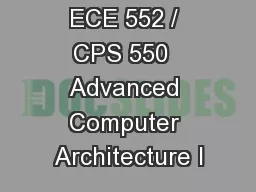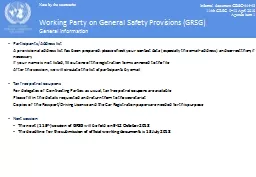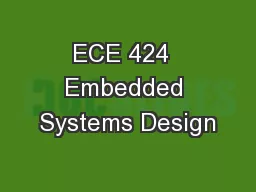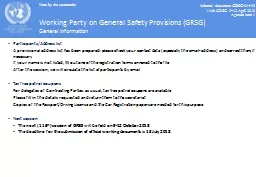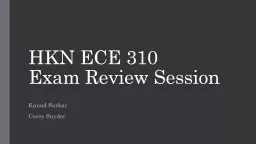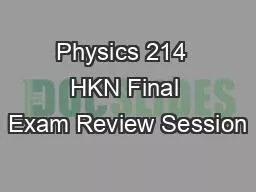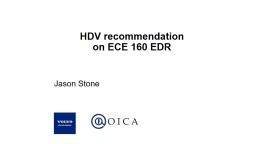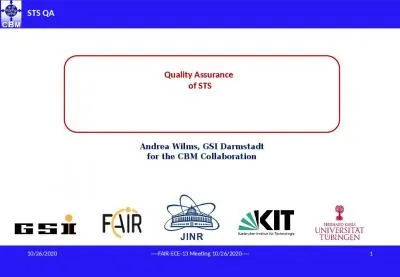PPT-HKN ECE 342 Review Session 2
Author : luanne-stotts | Published Date : 2018-11-09
Anthony Li Milan Shah MOSFETs NMOS PMOS MOSFET Operating Point Three regions of operation Cutoff V G lt V T I D 0 LinearTriode V G gt V T V DS lt V GS V
Presentation Embed Code
Download Presentation
Download Presentation The PPT/PDF document "HKN ECE 342 Review Session 2" is the property of its rightful owner. Permission is granted to download and print the materials on this website for personal, non-commercial use only, and to display it on your personal computer provided you do not modify the materials and that you retain all copyright notices contained in the materials. By downloading content from our website, you accept the terms of this agreement.
HKN ECE 342 Review Session 2: Transcript
Download Rules Of Document
"HKN ECE 342 Review Session 2"The content belongs to its owner. You may download and print it for personal use, without modification, and keep all copyright notices. By downloading, you agree to these terms.
Related Documents



